The Hyper Automation Market is currently characterized by a dynamic competitive landscape, driven by the increasing demand for efficiency and productivity across various sectors. Major players such as UiPath (US), Automation Anywhere (US), and IBM (US) are strategically positioning themselves through innovation and partnerships. UiPath (US) focuses on enhancing its robotic process automation (RPA) capabilities, while Automation Anywhere (US) emphasizes its cloud-native platform to facilitate seamless integration of AI and machine learning. IBM (US), on the other hand, is leveraging its extensive portfolio in AI and cloud services to provide comprehensive automation solutions. Collectively, these strategies not only enhance their market presence but also contribute to a rapidly evolving competitive environment where agility and technological advancement are paramount.
In terms of business tactics, companies are increasingly localizing their operations to better serve regional markets, optimizing supply chains to enhance efficiency, and investing in advanced technologies. The Hyper Automation Market appears to be moderately fragmented, with a mix of established players and emerging startups. This structure allows for a diverse range of solutions, although the influence of key players remains significant in shaping market trends and customer expectations.
In August 2025, UiPath (US) announced a strategic partnership with Microsoft (US) to integrate its RPA solutions with Microsoft Azure, enhancing cloud capabilities for enterprise automation. This collaboration is likely to bolster UiPath's market position by providing customers with scalable and secure automation solutions, thereby addressing the growing demand for cloud-based services. The partnership underscores the importance of cloud integration in the Hyper Automation landscape, as businesses increasingly seek to leverage cloud technologies for operational efficiency.
In September 2025, Automation Anywhere (US) launched a new AI-driven analytics tool designed to provide real-time insights into automation performance. This tool aims to empower organizations to make data-driven decisions, potentially transforming how businesses assess the effectiveness of their automation initiatives. The introduction of such innovative solutions indicates a shift towards more intelligent automation, where data analytics plays a crucial role in optimizing processes and enhancing overall productivity.
In October 2025, IBM (US) unveiled its latest automation platform, which incorporates advanced AI capabilities to streamline business processes across various industries. This launch is significant as it reflects IBM's commitment to integrating AI with automation, positioning the company as a leader in providing comprehensive solutions that address complex business challenges. The emphasis on AI integration suggests a broader trend within the market, where companies are increasingly focusing on intelligent automation to drive efficiency and innovation.
As of October 2025, the Hyper Automation Market is witnessing trends that emphasize digital transformation, sustainability, and the integration of AI technologies. Strategic alliances among key players are shaping the competitive landscape, fostering innovation and collaboration. Moving forward, it appears that competitive differentiation will increasingly hinge on technological advancements and the ability to deliver reliable supply chain solutions, rather than solely on price. This shift indicates a maturation of the market, where innovation and strategic partnerships will play a pivotal role in defining success.

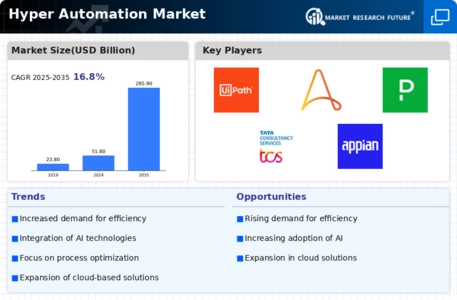
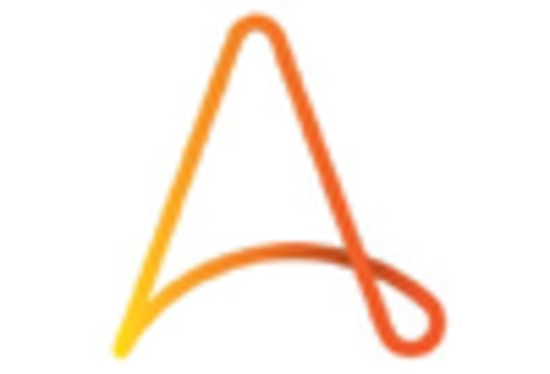
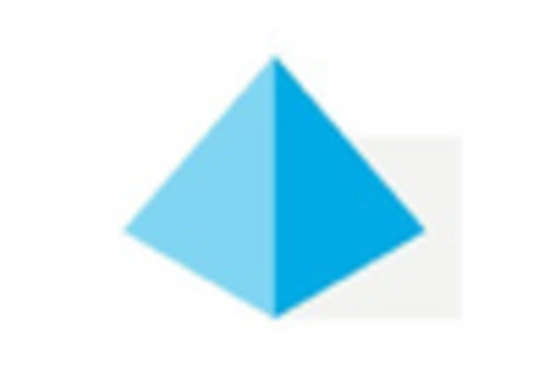
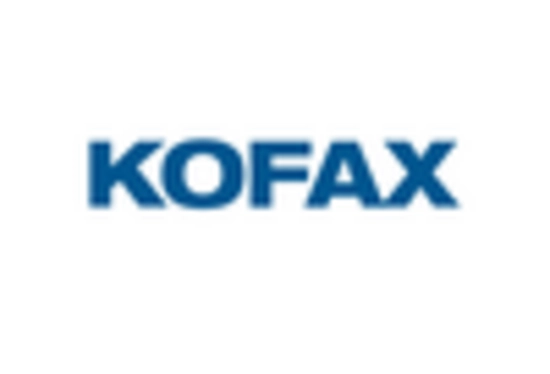
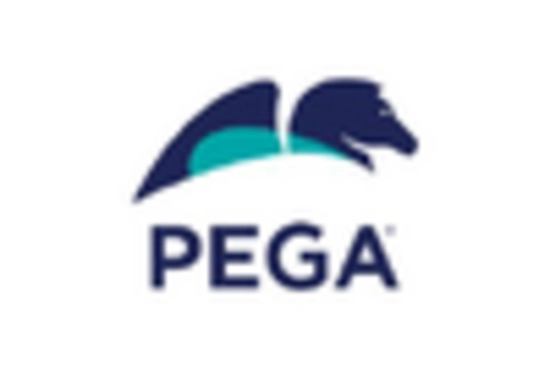










Leave a Comment